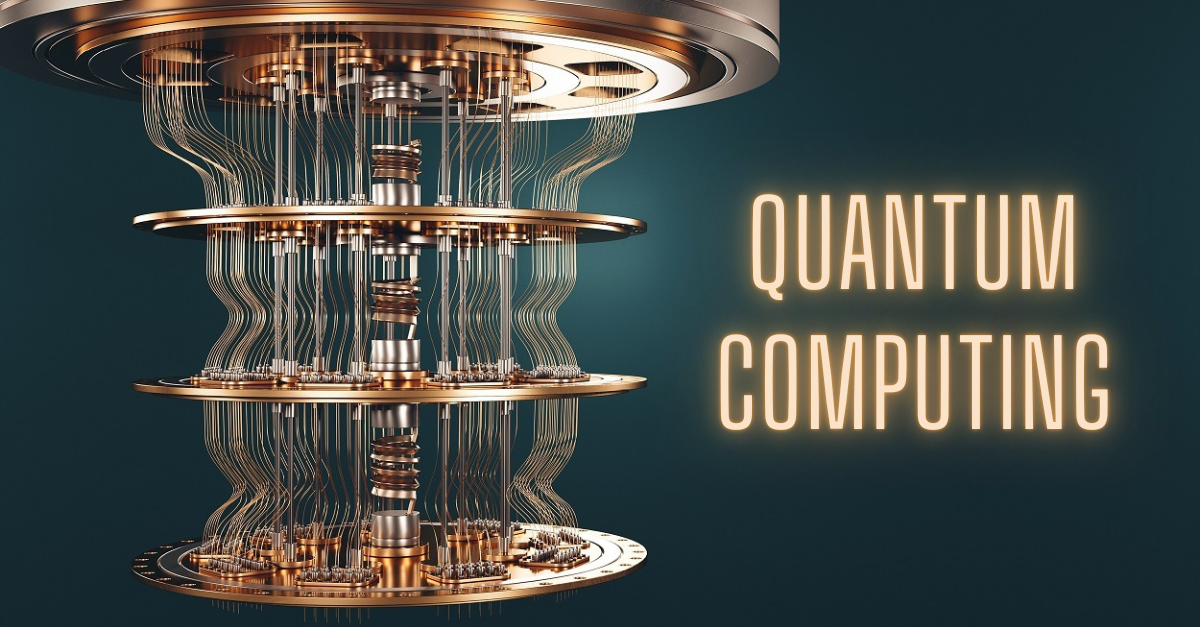
AI’s Quantum Leap: Unlocking the Power of Neuromorphic ComputingAI’s Quantum Leap: Unlocking the Power of Neuromorphic Computing Artificial intelligence (AI) has made significant strides in recent years, transforming various industries and revolutionizing our daily lives. However, traditional AI approaches often fall short in mimicking the intricate and highly efficient brain functions of humans and animals. Enter neuromorphic computing, a groundbreaking paradigm shift that promises to unlock the true potential of AI. Neuromorphic Computing: Mimicking Brain Architecture Neuromorphic computing draws inspiration from the human brain, adopting a bio-inspired approach to computation. Neuromorphic systems replicate the neural structure and function of the brain, featuring interconnected artificial neurons that can compute, learn, and adapt. These systems utilize specialized hardware architectures, known as neuromorphic chips, to achieve energy efficiency and parallel processing capabilities that far surpass conventional computers. Benefits of Neuromorphic Computing Neuromorphic computing offers several key advantages over traditional AI approaches: * Energy Efficiency: Neuromorphic chips consume significantly less energy than traditional processors, making them suitable for applications where power consumption is a critical factor, such as IoT devices and self-driving cars. * Parallel Processing: The interconnected nature of neuromorphic systems enables massive parallel processing, allowing for the simultaneous execution of multiple computations. This results in dramatically reduced latency and improved throughput. * Adaptability and Learning: Neuromorphic chips are designed to mimic the brain’s plasticity, enabling them to adapt and learn from experience. This capability empowers AI systems to continuously refine their models and enhance their performance over time. Applications of Neuromorphic Computing The applications of neuromorphic computing span a wide range of domains: * Autonomous Systems: Neuromorphic chips can power self-driving cars, drones, and robots, providing them with the ability to navigate complex environments, make real-time decisions, and adapt to changing conditions. * Healthcare: Neuromorphic systems can be used in medical imaging, disease diagnosis, and drug discovery, enabling more accurate and personalized treatments. * Financial Services: Neuromorphic chips can automate complex financial modeling, risk assessment, and fraud detection tasks, providing improved accuracy and efficiency. * Artificial General Intelligence (AGI): Neuromorphic computing is a promising pathway towards AGI, as it bridges the gap between AI and human intelligence by emulating the computational architecture of the brain. Conclusion The advent of neuromorphic computing marks a quantum leap in the evolution of AI. By mimicking the brain’s architecture and function, neuromorphic systems unlock unprecedented energy efficiency, parallel processing capabilities, and adaptability. As research and development continue to advance, neuromorphic computing promises to revolutionize industries, empowering AI to reach new heights and unlock the full potential of human-like intelligence.
Posted inNews